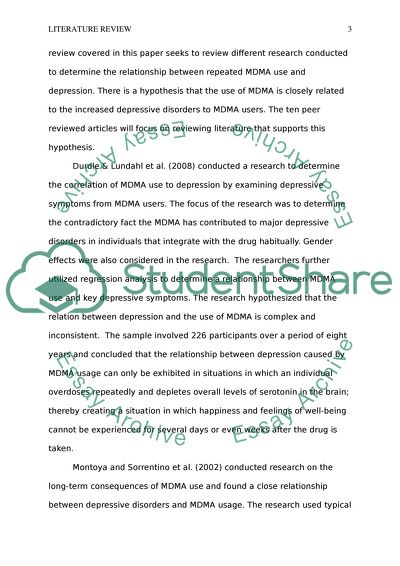Cite this document
(“Relationship between MDMA and Depression Research Paper”, n.d.)
Retrieved from https://studentshare.org/psychology/1492020-relationship-between-mdma-and-depression
Retrieved from https://studentshare.org/psychology/1492020-relationship-between-mdma-and-depression
(Relationship Between MDMA and Depression Research Paper)
https://studentshare.org/psychology/1492020-relationship-between-mdma-and-depression.
https://studentshare.org/psychology/1492020-relationship-between-mdma-and-depression.
“Relationship Between MDMA and Depression Research Paper”, n.d. https://studentshare.org/psychology/1492020-relationship-between-mdma-and-depression.


